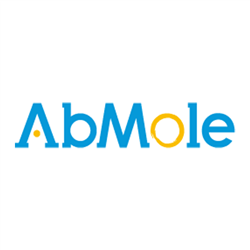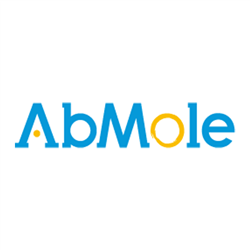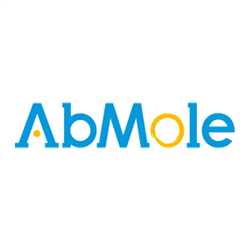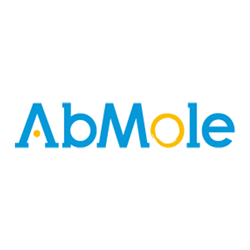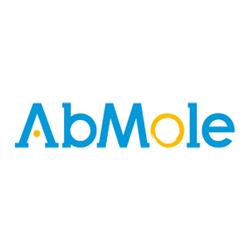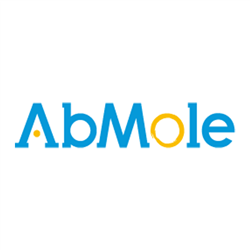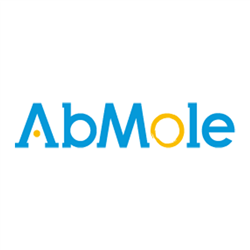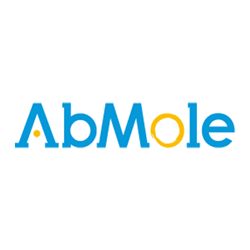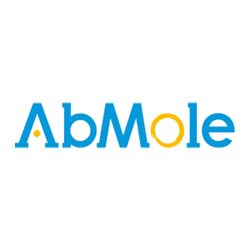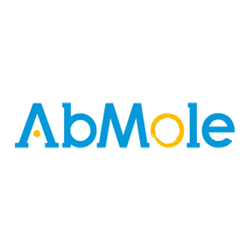Antibody
- Instrumentos
- Agitadores / Agit. Incubadores
- Orbitales
- Con Incubación
- Incubadores Gran Capacidad
- Lineales, Balanceo y 3D
- Incubadores Microplacas
- Para colocar en estufa
- Magnéticos
- Mezcladores /Roller /Rotatorios
- Agitadores de Paletas
- Jeio Tech Accesorios para Agitadores
- Benchmark Accesorios para Agitadores
- N-Biotek Accesorios para Agitadores
- Biosan Accesorios para Agitadores
- Labnet Int. Accesorios para Agitadores
- Vórtex
- Analisis Imagen, animales, plantas, geles
- Balanzas
- Baños Termostáticos
- Cabinas Flujo / Extraccion gases / PCR
- Centrifugas
- Detectores de Radioactividad
- Electroforesis
- Electroquímica
- Equipos Microplacas
- Espectrofotometros
- Experimentacion Animal
- Hornos de Hibridacion
- Homogeneizadores
- Estufas / Equipos calor, frio
- Luminómetros de Tubos
- Microbiologia
- Pipetas / Dispensadores
- Pipetas Labnet Int. Monocanales Automaticos
- Pipetas HTL Monocanales Automáticas
- Pipeta Accumax Mono y Multicanales
- Pipetas Labnet Int. Multicanales
- Pipetas HTL Multicanales
- Pipetas Volumen Fijo
- Pipetas Electrónicas
- Dispensadores
- Dispensadores de Botella
- Pipetas Biosan Monocanales
- Pipetas Biosan Multicanales
- PCR / Tiempo Real (qPCR)l / Cicladores
- QPCR, Sistemas automaticos
- Sonicadores / Ultrasonidos
- Ultracongeladores
- Bombas Jeringa / Vacio / Osmoticas
- Ultracentrífugas
- Micro Array label free
- Contadores de Células
- Contenedores Criogenicos
- Producción agua ultrapura
- Electrospinning
- Agitadores / Agit. Incubadores
- Reactivos
- Consumibles
- Catálogos PDF
Antibody Hay 61873 productos.
Recombinant Human HBAZ Protein (E.coli, N-6His)
Hemoglobin Subunit Zeta (HBZ) is a member of the Globin family. The zeta chain is an alpha-type chain of mammalian embryonic Hemoglobin that is synthesized primarily in the yolk sac of the early embryo, while alpha-globin is produced throughout fetal growth and adult life. Recombinant Human Hemoglobin Subunit Zeta is produced by our E.coli expression...
Recombinant Human MMP-2 Protein (Mammalian, C-6His)
Recombinant Human MMP-2 (also known as matrix metalloproteinase-2) is an enzyme that in humans is encoded by the MMP2 gene.It belongs to the matrix metalloproteinase (MMP) family. MMP-2 can act on several nonmatrix proteins such as big endothelial 1 and beta-type CGRP promoting vasoconstriction. The proenzyme needs to be activated by APMA for an activated...
Recombinant Human NAP-2/CXCL7 (CHO)
Neutrophil activating peptide 2 (NAP2) is a carboxy-terminal fragment of platelet basic protein (PBP) found in human platelet α particles. Nap2 is a member of the CXC chemokine. Protein structure: CXCL7 (ALA59-ASP128), Accession # P02775.
Recombinant Human CD40L Protein (E. coli)
CD40 Ligand (CD40L/CD154/TRAP) is a type II transmembrane glycoprotein that belongs to the TNF superfamily. The CD40 ligand stimulates B-cell proliferation and secretion of all immunoglobulin isotypes in the presence of cytokines. Recombinant Human CD40 Ligand is produced by E.coli expression system and the target gene encoding Met113-Leu261 is expressed.
Recombinant Human CRHBP (Mammalian, C-6His)
Corticotropin-Releasing Factor-Binding Protein (CRHBP) is a 37 kDa secreted glycoprotein that binds both CRH and urocortin in a 42 kDa extracellular complex. CRHBP may inactivate CRH and may prevent inappropriate pituitary-adrenal stimulation in pregnancy.
Recombinant Rat TNF-α (P. pastoris)
Recombinant rat tumor necrosis factor produced in Pichia pastoris. TNF-alpha plays a major role in growth regulation, differentiation, inflammation, viral replication, tumorigenesis, and autoimmune disease. ED50 < 50.0 pg/ml
Pepinemab
Pepinemab (VX 15/2503) is a human monoclonal antibody against SEMA4D, a signalling protein 4D (SEMA4D), also known as CD100, which is a regulator of neuronal development and plays a role in a variety of cellular processes. Pepinemab can be used in the study of various neurodegenerative diseases such as Alzheimer's disease by blocking the activity of SEMA4D.
Recombinant Mouse/Rat TGF-beta 2 Protein (Mammalian)
Transforming growth factor beta 2 (TGF-β2) is a member of TGF-beta superfamily that shares a characteristic cysteine knot structure.
Recombinant Rat Insulin-like Growth Factor-1 (E. coli)
Recombinant Rat Insulin-like Growth Factor-1(E. coli) belonged to the insulin gene family, it is mitogenic polypeptide growth factor that stimulates the proliferation and survival of various cell types including muscle, bone, and cartilage tissue in vitro.
Recombinant Human IL-6 (E. coli)
Recombinant Human IL-6 is an interleukin that in humans is encoded by the IL-6 gene and acts as both a pro-inflammatory and anti-inflammatory cytokine.
Recombinant Human CTLA-4 Protein (Mammalian, C-6His)
Cytotoxic Tlymphocyte 4(CTLA-4,CD152), is a type I transmembrane T cell inhibitory molecule that is a member of the Ig superfamily. CTLA4 transmits an inhibitory signal to T cells, whereas CD28 transmits a stimulatory signal.
Rademikibart
Rademikibart is a human IgG4ҡ monoclonal antibody that targets IL-4 Rα to block inflammatory signaling induced by IL-4 and IL-13, two important cytokines that drive allergic inflammation, and binds to the human IL-4Rα epitope with a KD of 20.7 pM. Rademikibart does not bind to IL-4Rα from other species. Rademikibart does not bind to IL-4Rα of other...


